Quick and Effective Flatwork Exercises

Creating a proper flatwork routine and sticking to it is always a bit daunting. Even though we all know the benefits of a good warm-up followed by an effective flatwork session, most of us feel stuck in the arena questioning our improvement with our horses. This is especially the case with busy equestrians who have limited time.
Is it impossible to create a flatwork routine that focuses on your improvement without taking too much time? No, it is not! Stay with us through this blog for our flatwork tips.

Why flatwork?
Flatwork is several dressage exercises that are performed while riding on flat ground. These exercises include circles, turns, transitions. It is a must for dressage horses, but it is beneficial for jumpers and eventers as well. Working on simple dressage exercises improves your bond with the horse by making him more responsive to the aids, which is crucial in every discipline. Furthermore, certain flatwork routines can help the horse gain balance, impulsion, and straightness whilst making him more supple. In the long run, flatwork helps your progress in any discipline.

How to create your routine
You should take the time to define the problems that are keeping you from improving. Then, you can plan your flatwork routine focusing on fixing these problems.
A good flatwork routine should be short. Anything longer than 45 minutes will cause nothing but exhaustion and stress on you and your horse. Therefore, we recommend keeping it around 30-40 minutes and including warm-up, cool down, and short breaks in this duration. Here is an example time block:
- 5 minutes of warm-up
- 5 minutes of 1st exercise
- 5 minutes of 2nd exercise
- 5 minutes of break
- 5-10 minutes of 3rd exercise
- 5 minutes of cool down

Proper Warm-up and Cool Down
Every riding session must start with a warm-up and end with a cool down. A short warm-up ritual helps the muscles warm-up and get ready for harder exercises by increasing the heart rate and accelerating the blood distribution. As for the cool down, it helps the horse to get rid of excessive body heat gradually and relax his muscles after intense training.
To warm-up, you can start with a relaxed walk letting the horse stretch his neck down and engage the topline. Make sure to keep your hands lower and let the reins slightly loose while still feeling the connection on the bit. Gradually, collect the reins and start trotting. When you feel comfortable, break into a canter, and keep the speed for a short while. Try some transitions and turns to check how responsive your horse is.
To cool your horse down, you should do the opposite of what you do during warm-up. You can start with a calm canter and slowly decrease the speed. Turn into a trot and then walk. Keep the reins low and allow the horse to stretch his neck again. You can walk until your horse stops blowing.
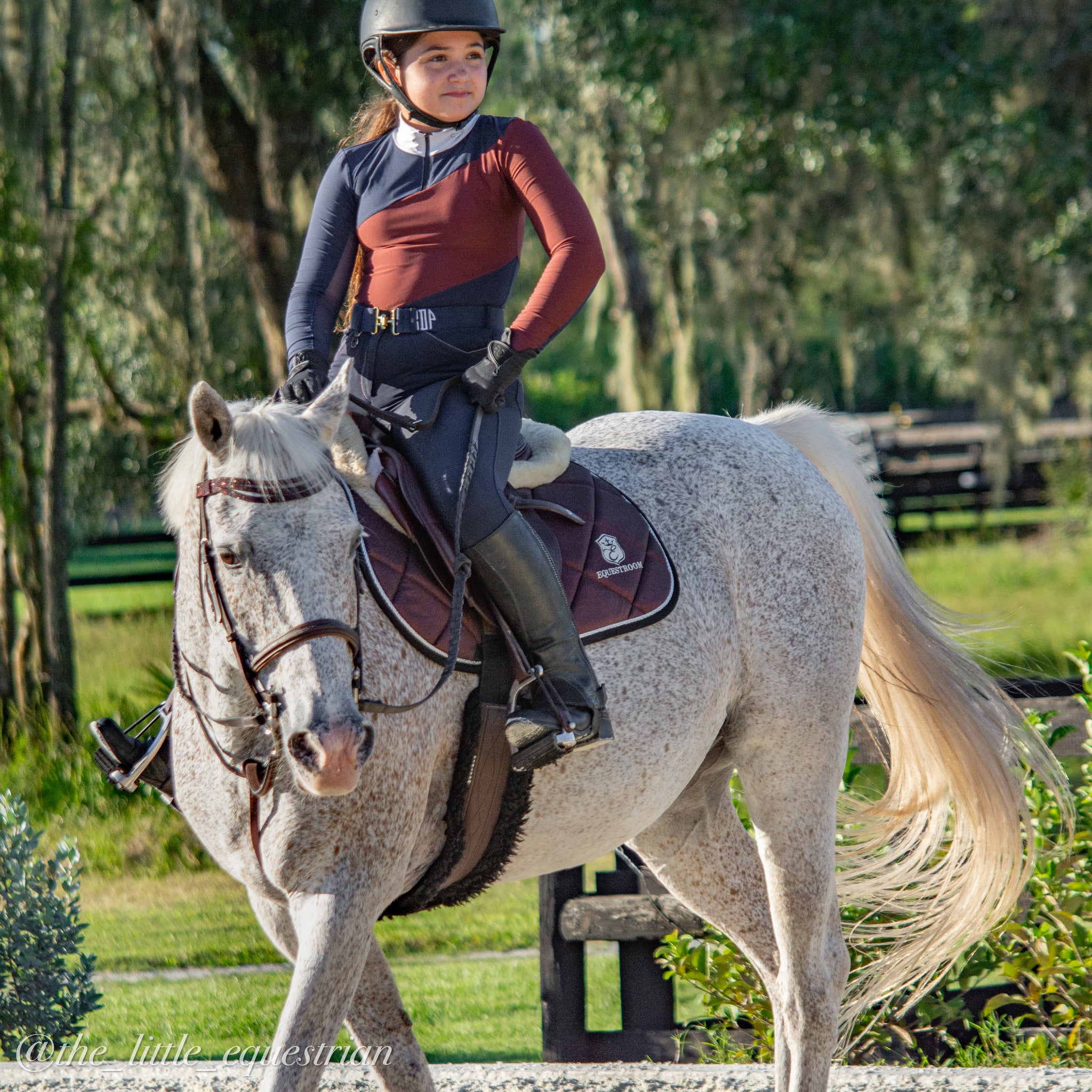
Flatwork Exercises
Balance - Impulsion - Hind Engagement
Shoulder in: If you feel like your horse is having a hard time balancing his weight on all 4 legs, shoulder-in can help him learn distributing his weight and find his balance while carrying the rider. Start with a walk and less shoulder bend if the horse isn’t flexible enough. To ride shoulder-in, bring your inside leg on the girth to keep him from falling in and keep your outside leg slightly behind the girth. Start with a few steps and continue straight for a few steps. You can gradually increase the speed and step count.
Transitions: Transitions require increasing speed without interrupting the rhythm. Start with walk-trot trot-walk transitions but don’t let the horse rush when you ask him to trot. Use your legs to engage his hind legs so that he can have more impulsion without rushing forward. Gradually increase one gait and decrease the other one. When he is all good, start trot-canter transitions.
Half halt: Riding half halts help the horse engage his hindquarters, balance his weight on the hind legs, and lower the weight from the shoulders. This exercise is more like a transition within the trot-walk-trot. You can start with trot-walk-trot transitions and decrease the steps from walk each time. For the last try, start to trot before your horse’s hoof lands on the ground in the walk.
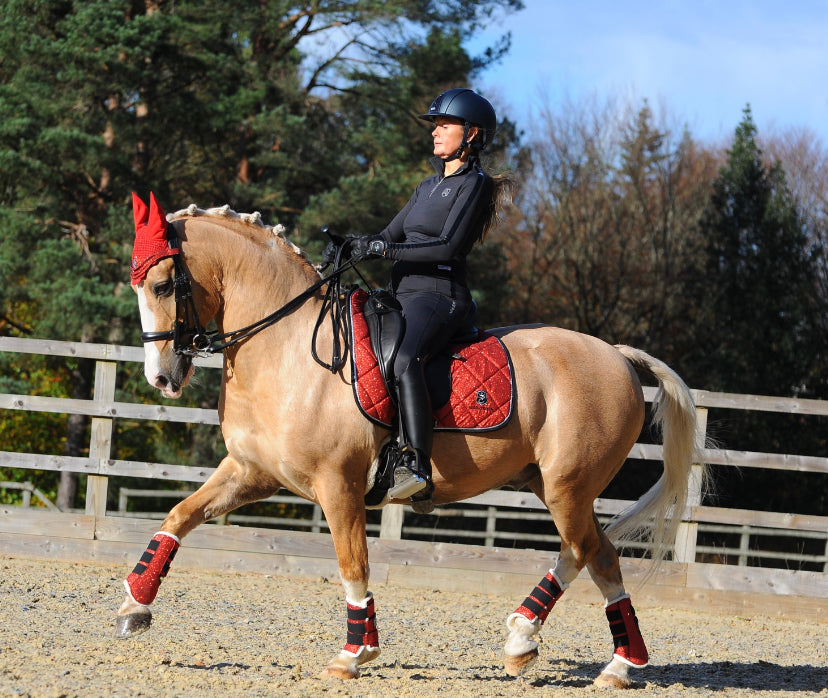
Straightness - Uphillness - Suppleness
Ride the corners: If you are riding a young horse or an unbalanced one, you must already know that it is hard to keep them straight. Try to start a walk from the long side of the arena and keep both of your reins equally straight. Make sure to sit in a balanced position where your weight is equal on both sides. Head to the first corner keeping a straight line forward. Use your inside leg and outside rein if your horse is trying to fall in or turn too early before the corner.
Pole work: Ground poles and raised poles are one of the best ways for practicing speed adjustment and getting your horse’s front legs to move higher. You can set up the poles on the long side of the arena in different variations. Our tip is keeping your eyes forward instead of looking at the poles and keeping a balanced posture. Use your legs to prevent your horse from falling in or out. Learn your turn points to avoid confusion.
Spirals: Some horses are harder to control than others. Let’s accept this and not fight them by using the reins. To make your horse more supple and flexible, you can ride spiral shapes. Start with a 20m circle on the walk or trot. Imagine that you are drawing spirals on the ground. Set a point in mind and each time you reach there, move one step inward. Continue this until you reach the middle. Once in the middle, turn your horse and start drawing the spirals outwards and larger until you reach 20m. Try this by changing the reins and the gait.

Flexibility - Balance - Uphillness
Leg yield: Leg yield works like yoga for horses. It helps to improve their flexibility, lose tension, and establish balance. Despite sounding like a complicated exercise, leg yield can be learned and practiced quickly. If your horse doesn’t know the move, start leg yielding in walk. Ride onto the quarter line of the arena and start putting more weight on the left seat bone. Keep the left leg behind the girth and control the direction with the right rein. Try on the other side after riding one side successfully.
Straight circles: Keeping a horse on the track for 20m circles is not always easy. We get you. Most horses tend to fall in while being ridden in circles. Even if you make sure to divide your weight equally on both sides, you might have noticed it is hard to keep the horse on an even circle. We recommend practicing your inside leg - outside rein on both leads until you are happy with the circle. Hold the horse from falling in with your inside leg. Give the outside rein and control the direction with the inside rein.
Walk to canter: Walk to canter transition is the earliest stage of flying changes and a great way for your horse to start lifting his front higher. Each time he breaks into a canter from a walk, he lifts his body with the hind legs and moves upward. Start with a nice and alert walk. Command to canter for a few strides and bring him back to walk. Count 4-5 steps and command to canter again. Decrease the walk steps each time until you reach a tempi-change.

You can try these routines by practicing each exercise for 5-10 minutes. Depending on your needs, keep the easy ones shorter and harder ones up to 10 minutes so that you can have enough time to figure out why it is hard for you and what you are doing wrong. Do not keep doing the same exercise for more than 10 minutes. Remember to give your horse a short break after 15 minutes of practice and reward after each small improvement.
Have a great ride!












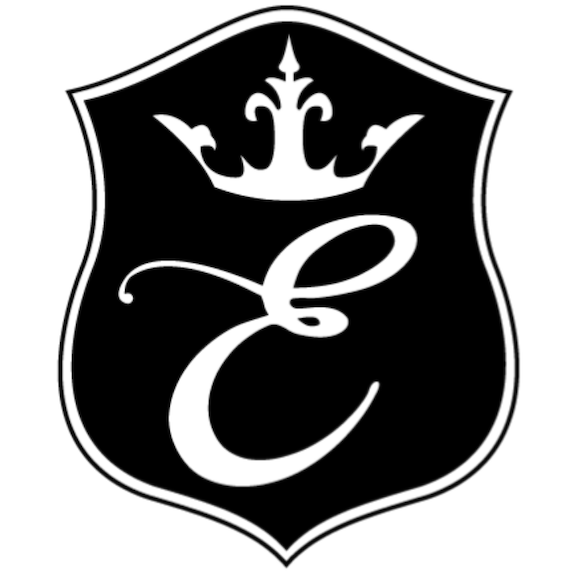
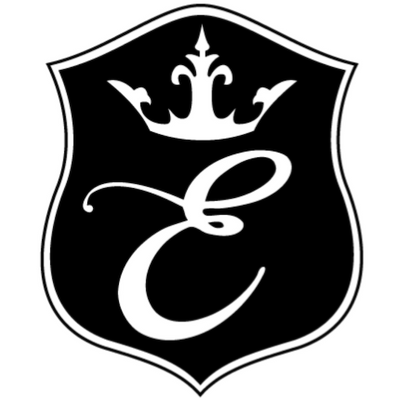
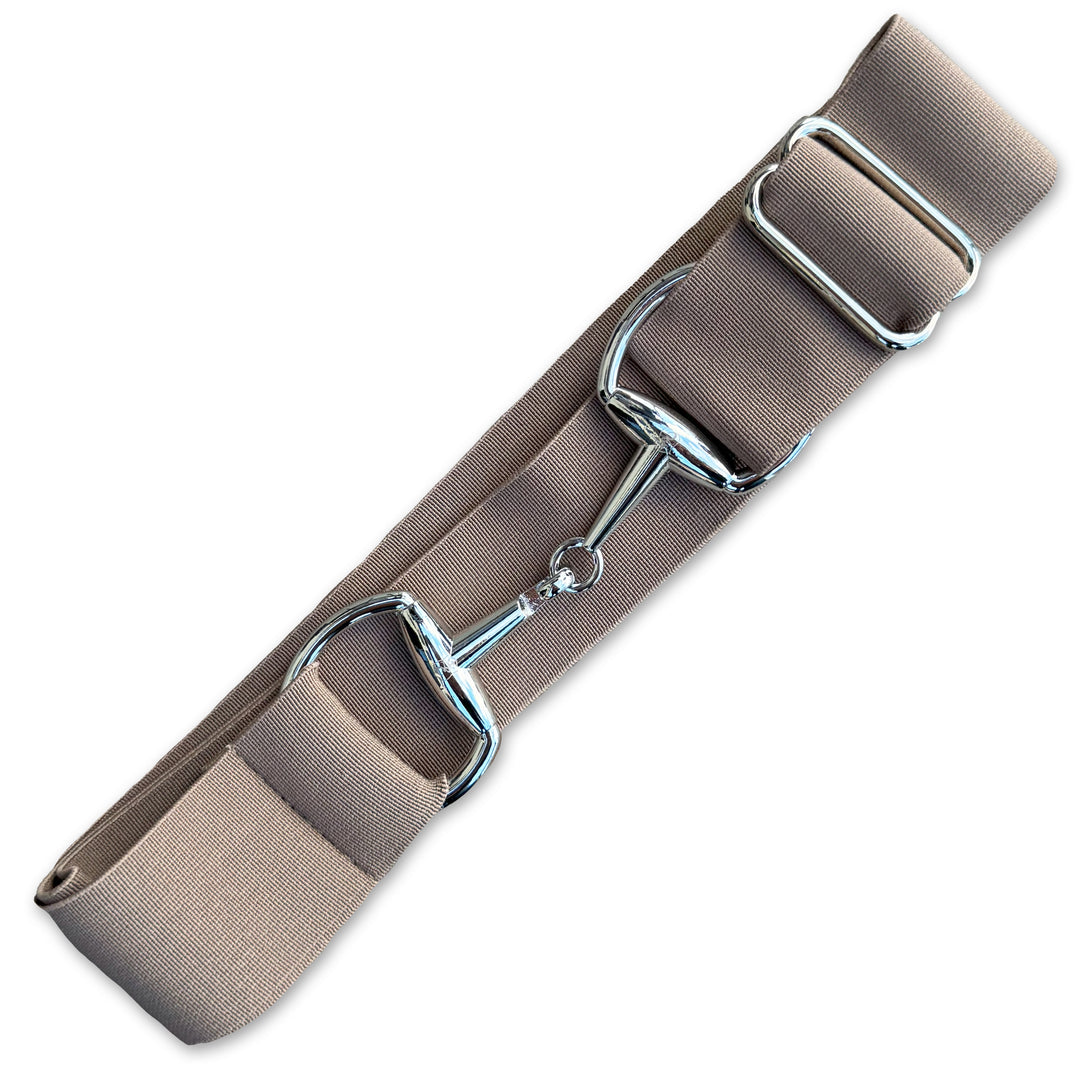
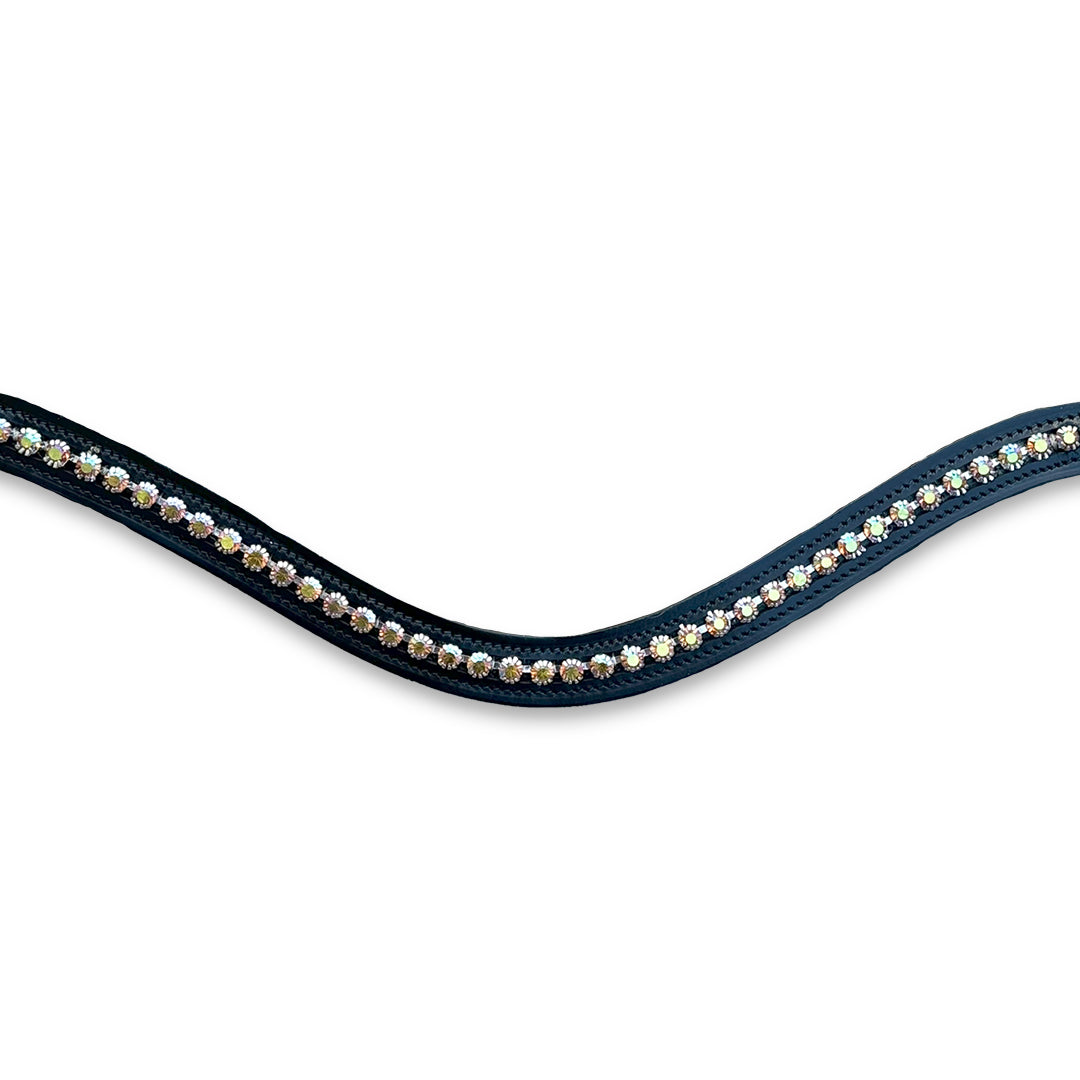
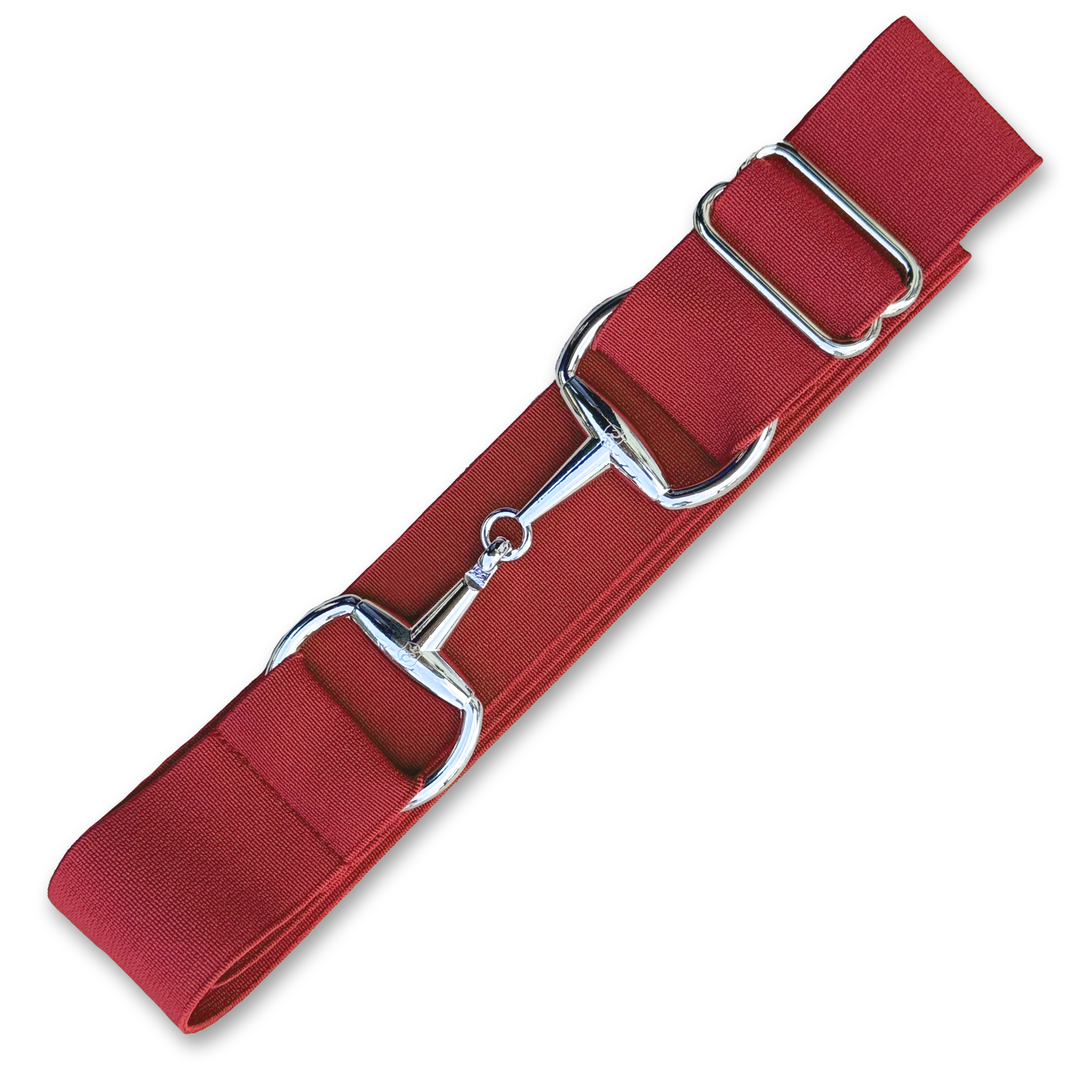
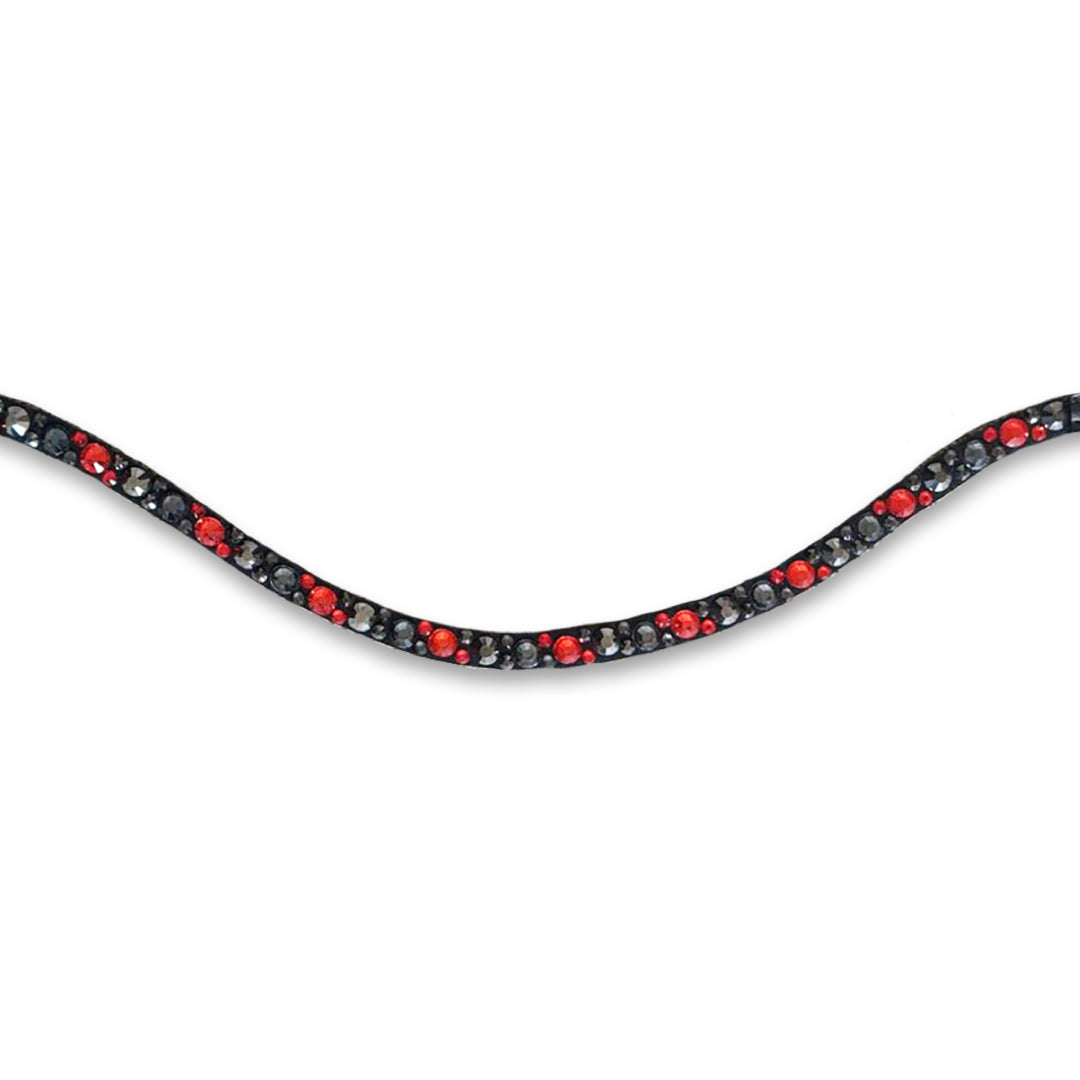
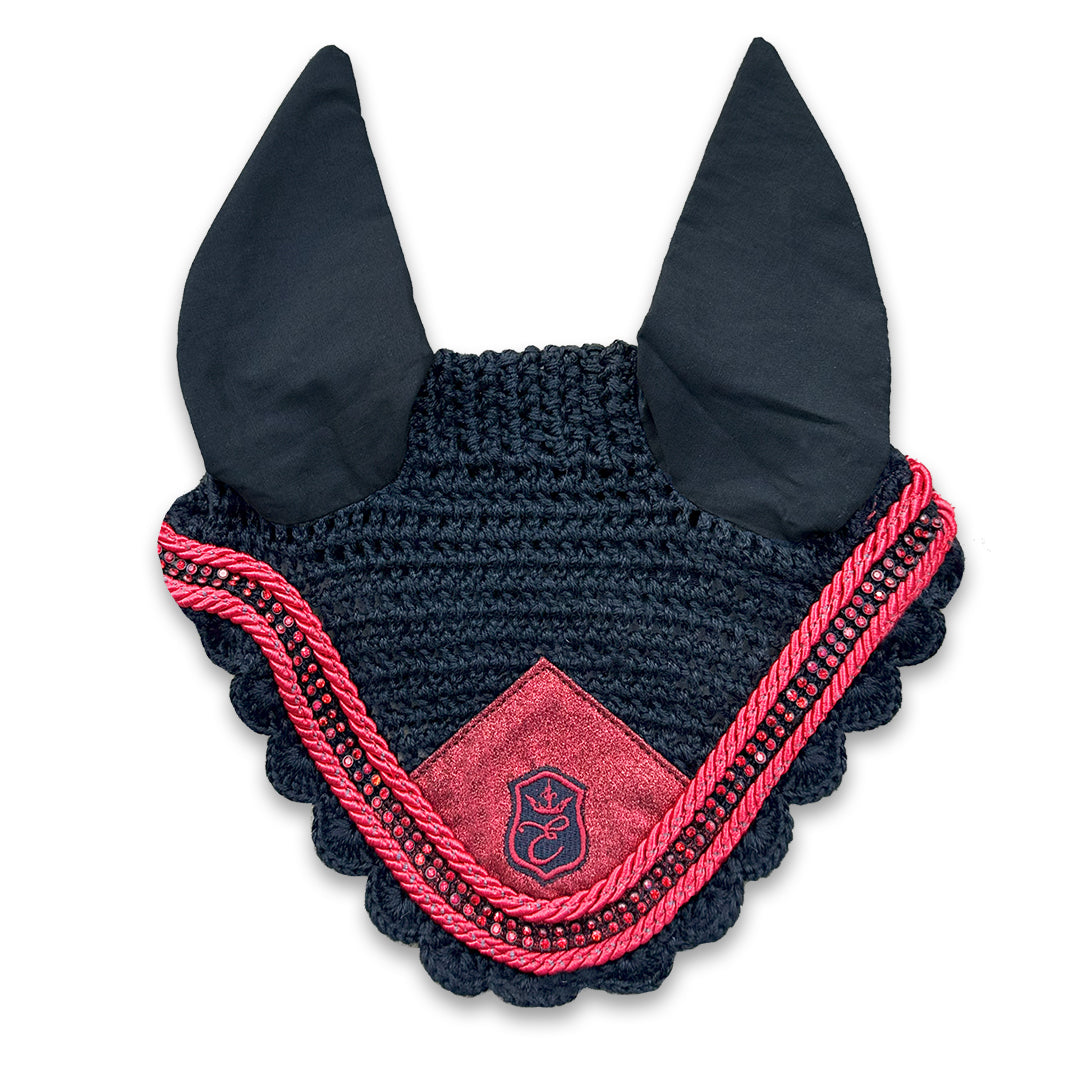
Love this post so much!!! Really helps a lot !!! It is my go-to plan for my horses. Thank you so much 💝
Leave a comment